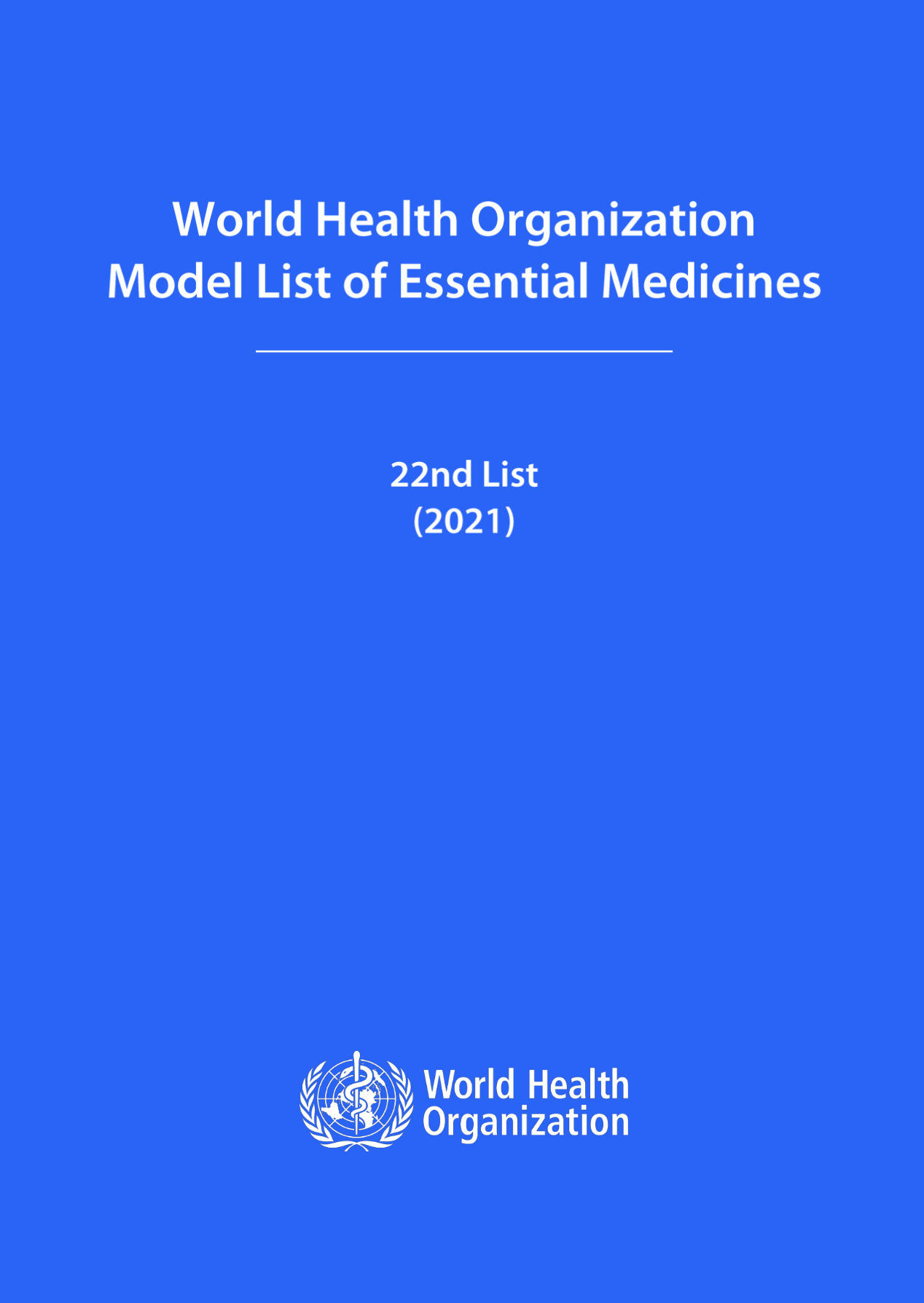Antimicrobial Photodynamic Inactivation (aPDI)
Photodynamic Therapy (PDT) has been deployed clinically to treat cancer since the 1980s. PDT can treat many types of cancer (skin, lung, brain, bladder, pancreas, bile duct, esophagus, and head and neck), skin diseases, eye diseases, and more. Antimicrobial Photodynamic Inactivation (aPDI) is the application of PDT principles to the disinfection of viruses and bacteria.
Protective Dyes In Action
The aPDI method relies on protective dyes (PDs) to induce an antimicrobial effect. Protective dyes transfer energy from light to surrounding oxygen, thereby generating singlet oxygen. Singletto’s Oxafence Active Protection technology deploys multiple protective dyes, including Methylene Blue (MB) and Riboflavin (Vitamin B2), against dangerous pathogens. These dyes can be sprayed on or embedded in common fabrics and materials to provide antimicrobial benefits. Methylene Blue has been used as a textile dye since the 1870s and is considered an essential medicine by the World Health Organization. MB has been commonly used for over one hundred years in treatment of disease, whether to mark skin or organs for surgeries, treat skin wounds, or as an injected or swallowed medication to treat poisonings or diseases such as malaria and methemoglobinemia. Riboflavin (Vitamin B2) is produced naturally and commonly consumed in food. When applied to materials, these protective dyes enable the ongoing generation of singlet oxygen.
The Power of Singlet Oxygen
Singlet oxygen is well known and well-studied by scientists. Singlet oxygen is created in the environment constantly by sunlight and many plants (ex: grapefruit, celery, paprika, turnips) and is essential to many biological processes. Singlet oxygen is also well-known for its antimicrobial powers and ability to inactivate bacteria and viruses. The aPDI method relies on the generation of short bursts of energized singlet oxygen to break apart the chemical bonds of harmful pathogens. Singlet oxygen is indiscriminate and can destroy pathogens from multiple routes: within the amino acids, in the lipids of membranes, and within the DNA/RNA. Many antimicrobial technologies contribute to the ongoing antimicrobial resistance (AMR) crisis, whereas research shows pathogens cannot create resistance to singlet oxygen.
Ongoing Research and Development
Singletto’s Drs. Lendvay, Chen, Clark, Mores, et al., along with esteemed colleagues in a consortium of labs assembled through the World Health Organization (WHO) COVID-19 Task Force and Global Research Forum, studied the aPDI method in 2020 and 2021 DeMaND Studies. The technology has demonstrated antimicrobial efficacy against many pathogens, including coronaviruses, norovirus, and the Ebola, Lassa, and Nipah viruses, amongst others. Peer-reviewed research is published in Infection Control and Hospital Epidemiology (2021) and the American Journal of Infection Control (2022).
The Singletto team of researchers, virologists, and PDT/aPDI experts, and esteemed researchers around the world, continue to grow the body of research and support for this method. Singletto develops its Oxafence Active Protection technology for application to or impregnation in commonly used materials and fabrics. Materials pre-treated or embedded with Oxafence technology have repeatedly demonstrated ongoing inactivation of SARS-CoV-2, H1N1, and other viruses and bacteria. Singletto continues to develop the Oxafence technology for healthcare, military, industry, and consumer use cases and products.




